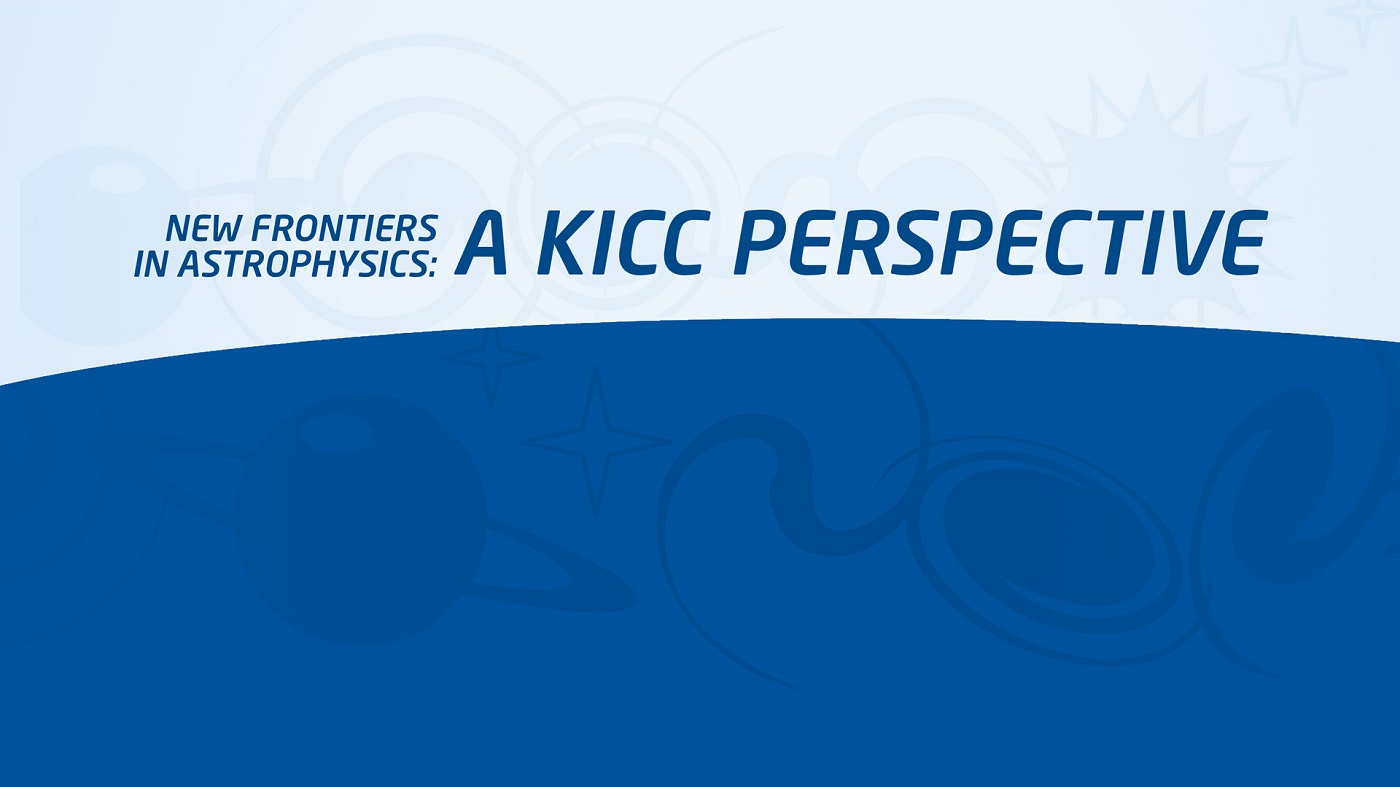Isobel Romero-Shaw - Decoding the Gravitational-Wave Biographies of Binary Black Holes
Duration: 1 hour 5 mins
Share this media item:
Embed this media item:
Embed this media item:
About this item

| Description: | (No description) |
|---|
| Created: | 2024-02-28 16:28 | ||
|---|---|---|---|
| Collection: | New Frontiers in Astrophysics: A KICC Perspective | ||
| Publisher: | University of Cambridge | ||
| Copyright: | Steven Brereton | ||
| Language: | eng (English) | ||
| Distribution: |
World
|
||
| Keywords: | Gravitational Waves; Black holes; | ||
| Credits: |
|
||
| Explicit content: | No | ||
| Aspect Ratio: | 4:3 | ||
| Screencast: | No | ||
| Bumper: | UCS Default | ||
| Trailer: | UCS Default | ||
| Abstract: | With the fourth observing run of the LIGO -Virgo-KAGRA detector network ongoing, the number of detections of gravitational waves from binary black hole mergers is rapidly reaching into the hundreds. However, despite this wealth of detections, it is still unclear how black holes become bound into tight binaries that merge within the age of the Universe. Binaries that form and merge in isolation are predicted to have different parameters than those that form under the influence of dynamical interactions with other objects. Traditionally, we have looked to the masses and spins of these binaries to teach us about their formation. However, arguably the most robust indication of dynamical evolution is orbital eccentricity: while isolated binaries will have essentially circular orbits at detection, a fraction of dynamically-formed binaries should have measurably non-zero eccentricity. Gravitational waves from eccentric binaries have historically been challenging to detect and analyse. Yet in the last few years, a handful of the signals reported by the LIGO -Virgo-KAGRA collaboration, including that from the unusually massive binary GW190521 , have been claimed by multiple groups to contain tantalising hints of orbital eccentricity. In this talk, I will demonstrate how evidence of eccentricity in gravitational-wave signals can be decoded and harnessed to reveal details of a binary’s history, and even to probe the identities of external influences to its evolution. I will also discuss what we can learn about our population of binary black holes when we combine observations of their masses, spins, and eccentricity. |
|---|---|
Available Formats
| Format | Quality | Bitrate | Size | |||
|---|---|---|---|---|---|---|
| MPEG-4 Video | 666x360 | 1.07 Mbits/sec | 523.72 MB | View | ||
| WebM | 666x360 | 450.64 kbits/sec | 214.54 MB | View | ||
| iPod Video | 480x360 | 488.97 kbits/sec | 232.79 MB | View | ||
| MP3 | 44100 Hz | 252.31 kbits/sec | 120.12 MB | Listen | ||
| Auto * | (Allows browser to choose a format it supports) | |||||

